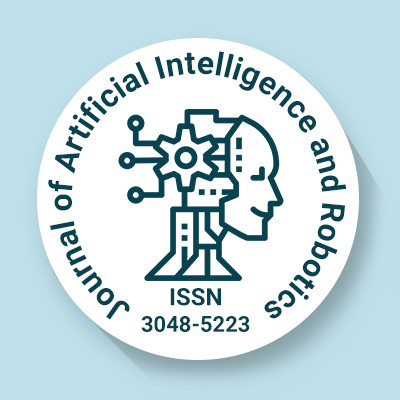
Journal of Artificial Intelligence and Robotics
OPEN ACCESS
ISSN: 3048-5223

OPEN ACCESS
ISSN: 3048-5223
A Neural network is a set of interconnected neurons (usually having more than one neural circuit) that share signals with each other. A neuron can either be a biological cell or a mathematical model. Even though individual neurons are simple, a network of them can perform complex tasks. There are two main types of neural networks. Feedforward neural networks and recurrent neural networks. In feedforward neural networks, information flows in one direction and in recurrent neural networks, information can flow in any direction. Biological neural networks are investigated in order to gain insight into nervous system organization and function. A biological neural network is closely related to artificial neural networks and the machine learning models that are based on them.
A biological neural network is a population of functionally connected and chemically linked neurons. In a neural network, neurons can be linked together and a network can have many neurons and links. Connections, or synapses, are typically between axons and dendrites, but dendrodendritic synapses and others can occur. Apart from electrical signaling, there are many other types of signaling that occur because of neurotransmitter diffusion.
The neural networks, cognitive models, and artificial intelligence paradigms are all inspired by the way biological neural systems process information. Artificial intelligence and cognitive modelling attempt to create some characteristics of biological neural networks. Artificial neural networks have been successfully used in artificial intelligence to recognize speech, process images, and adapt control in the development of software agents (in computers and video games) and autonomous robots.
In order to create artificial intelligence, neural network theory has been used to identify how neurons in the brain function.
Neural networks are machine learning models based on the structure and function of biological neural networks in the brain. ANNs are constructed from linked units or nodes called artificial neurons, which are somewhat similar to brain neurons. Artificial models of neurons which more accurately replicate biological neurons, have also been recently researched and have been found to increase performance substantially. These are connected by edges, which show synapses in the brain. Each artificial neuron takes inputs from neurons that it is linked to, processes them, and shares a signal to other neurons that is computed by some non-linear function of the sum of its inputs, known as the activation function. The strength of all the signals is based on a weight, which is updated during the learning process.